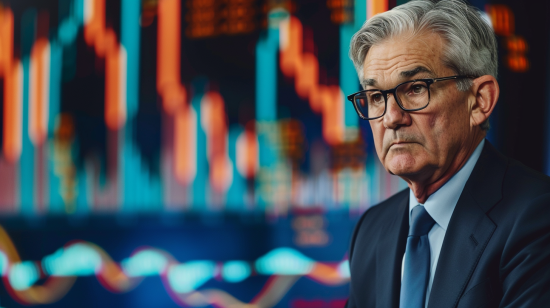| Key Points: – Hammond Power Solutions (HPS) signs a $16 million agreement to acquire Micron Industries Corporation. – The acquisition strengthens HPS’ presence in the U.S. electrical transformer market and complements its global operations. – HPS plans to maintain Micron’s branding and continue its well-established product lines. |
Hammond Power Solutions (HPS), a major player in the power transformer and quality solutions industry, has signed a definitive agreement to acquire the assets of Micron Industries Corporation. This acquisition is structured as an asset purchase through HPS’ U.S. subsidiary and is set to close by mid-October 2024, pending standard closing conditions. The deal is valued at $16 million USD and signals HPS’ ongoing expansion strategy in the power solutions market.
Micron Industries, based in Sterling, Illinois, is a well-established provider of control transformers and other electrical products. The company generated approximately $23 million in revenue in 2023, demonstrating its strength and presence in the electrical products market. Following the acquisition, HPS plans to continue operating Micron’s assets under its original branding, retaining the valuable brand equity that Micron Industries has built over the years.
The acquisition of Micron aligns with HPS’ goal of expanding its reach in the U.S. and growing its portfolio in the electrical distribution sector. This deal also reflects HPS’ broader strategy of acquiring assets that enhance its capabilities in essential power infrastructure, a critical component of its business model. By acquiring Micron’s assets, HPS not only expands its operational capacity but also boosts its ability to serve a wide range of end-user applications across industries like manufacturing, oil and gas, and infrastructure projects.
HPS’ acquisition of Micron Industries comes at a pivotal time as global demand for efficient, reliable electrical power solutions continues to grow, driven by trends like renewable energy, electrification of transportation, and the increasing need for infrastructure development. With manufacturing facilities in the U.S., Canada, Mexico, and India, HPS is well-positioned to capitalize on these growing market opportunities, further strengthening its competitive edge.
Micron Industries, which has been serving original equipment manufacturers (OEMs) and control system builders since 1971, is renowned for its control transformers, low-voltage transformers, and DC power supplies. The company’s state-of-the-art manufacturing facility is known for delivering high-quality, defect-free products with short lead times. This level of service and commitment to quality aligns with HPS’ operational standards, making the acquisition a natural fit.
For HPS, this acquisition is about more than just expanding its asset base. It’s about leveraging the synergies between the two companies to enhance product offerings, increase operational efficiency, and provide superior value to its customers. The continuation of Micron’s product lines will enable HPS to cater to a wider array of customer needs while maintaining the quality and reliability that both brands are known for.
As HPS integrates Micron’s operations, the market will be closely watching how the company harnesses the strengths of this acquisition to drive growth and innovation in the power solutions sector. By bolstering its U.S. presence and expanding its product portfolio, HPS is set to solidify its position as a leader in the dry-type transformer and power quality solutions market.













